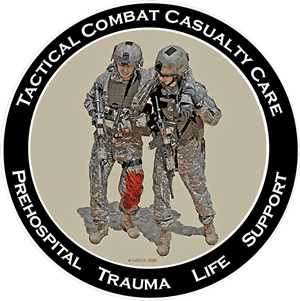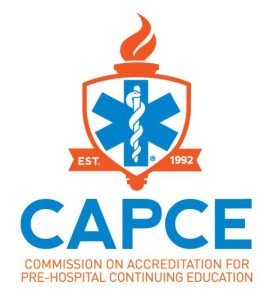Tactical Combat Casualty Care

Introduction
 SEI continues to provide Tactical Combat Casualty Care (TCCC) training . SEI teaches all levels of TCCC to include All Service Members, combat lifesaver, combat medic/hospital corpsman/aerospace medicine technician, and combat paramedic/provider. SEI closely monitors and updates its classes to meet current CoTCCC guidelines. S.E.I.’s program complies with TCCC training and certification as outlined in the JTS’s TCCC skills list. TCCC training replaces the core trauma skills currently taught in service specific first aid, and self-aid and buddy care, courses.
SEI continues to provide Tactical Combat Casualty Care (TCCC) training . SEI teaches all levels of TCCC to include All Service Members, combat lifesaver, combat medic/hospital corpsman/aerospace medicine technician, and combat paramedic/provider. SEI closely monitors and updates its classes to meet current CoTCCC guidelines. S.E.I.’s program complies with TCCC training and certification as outlined in the JTS’s TCCC skills list. TCCC training replaces the core trauma skills currently taught in service specific first aid, and self-aid and buddy care, courses.
Tactical Combat Casualty Care (TCCC) Topics and Objectives
TCCC Levels:
- TCCC-ASM (All Service Members-Tier 1)
- TCCC-CLS (Combat Lifesaver -Tier 2)
- TCCC-CM/HM (Combat Medic/Hospital Corpsman- Tier 3)
- TCCC-CP (Combat Paramedic/Provider – Tier 4)
Topics
- Care Under Fire
-
- Immediate care techniques while under enemy fire
- Use of tourniquets to control severe bleeding
-
- Tactical Field Care
-
- Airway management (basic and advanced techniques)
- Breathing and ventilation (chest injury management)
- Hemorrhage control (tourniquets, hemostatic agents)
- Circulation support (shock management, fluid resuscitation)
- Burn treatment
-
- Tactical Evacuation Care
-
- Preparing casualties for evacuation
- Continued medical care during transport
-
- Scenario-Based Training
-
- Simulated combat scenarios for hands-on practice
-
Objectives
- Enhance Preparedness:
-
- Equip participants with essential medical skills for combat scenarios.
- Train in assessing and prioritizing casualty treatment.
-
- Improve Survival Rates:
-
- Teach effective hemorrhage control to reduce preventable deaths.
- Ensure proficiency in life-saving interventions like airway and shock management.
-
- Develop Proficiency:
-
- Practice advanced techniques in airway, breathing, and circulation support.
- Use tourniquets, hemostatic agents, and pressure dressings effectively.
-
- Promote Effective Evacuation:
-
- Prepare for stabilizing casualties during evacuation.
- Enhance coordination with evacuation teams.
-
- Integrate Tactical and Medical Care:
-
- Merge medical care with tactical operations.
- Emphasize situational awareness and decision-making under fire.
-
By covering these topics and objectives, TCCC training prepares all levels of combatants to effectively manage combat injuries, enhancing survival and recovery chances.
WHATEVER OR WHEREVER YOUR TRAINING NEEDS ARE, WE CAN CUSTOM CRAFT A COURSE FOR YOU. THE ONLY LIMIT IS YOUR IMAGINATION.
Contact Tom Rich (702) 556-8008 or email him at tom.rich@seigreenfeet.com
